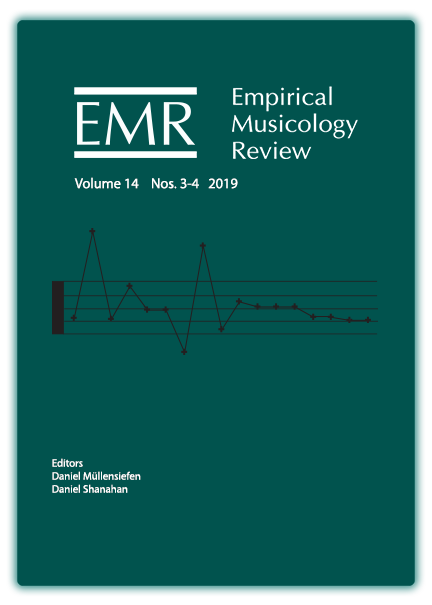Fame, Obscurity and Power Laws in Music History
DOI:
https://doi.org/10.18061/emr.v14i3-4.7003Keywords:
success, obscurity, power law, history, simulation, maximum entropyAbstract
This paper investigates the processes leading to musical fame or obscurity, whether for composers, performers, or works themselves. It starts from the observation that the patterns of success, across many historical music datasets, follow a similar mathematical relationship known as a power law, often with an exponent approximately equal to two. It presents several simple models which can produce power law distributions. An examination of these models' transience characteristics suggests parallels with some historical music examples, giving clues to the ways that success and obscurity might emerge in practice and the extent to which success might be influenced by inherent musical quality. These models can be seen as manifestations of a more fundamental process resulting from the law of maximum entropy, subject to a constraint on the average value of the logarithm of the success measure. This implies that musical success is a multiplicative quality, and suggests that musical markets operate to strike a balance between familiarity (socio-cultural importance) and novelty (individual importance). The common power law exponent of two is seen to emerge as a consequence of the tendency for musical activity to be spread evenly across the log-success bands.
Published
How to Cite
Issue
Section
License
Copyright (c) 2020 Andrew Gustar

This work is licensed under a Creative Commons Attribution-NonCommercial 4.0 International License.


